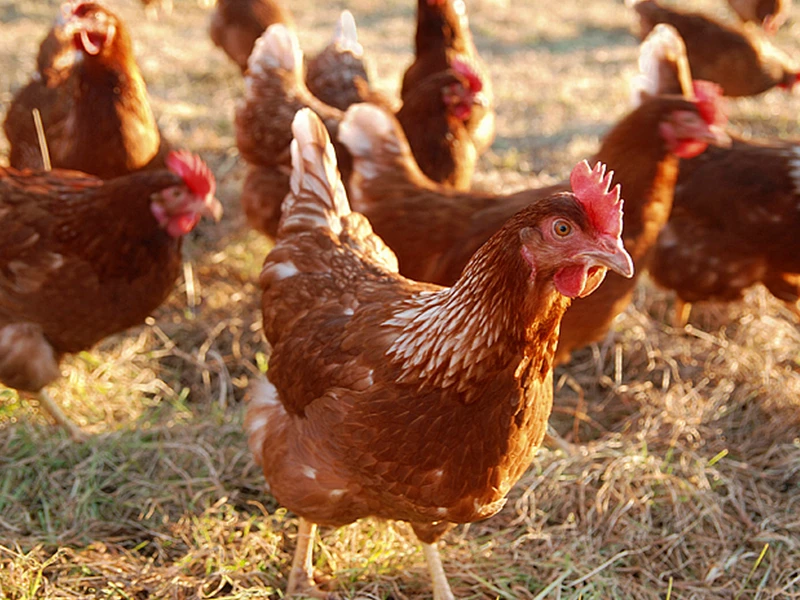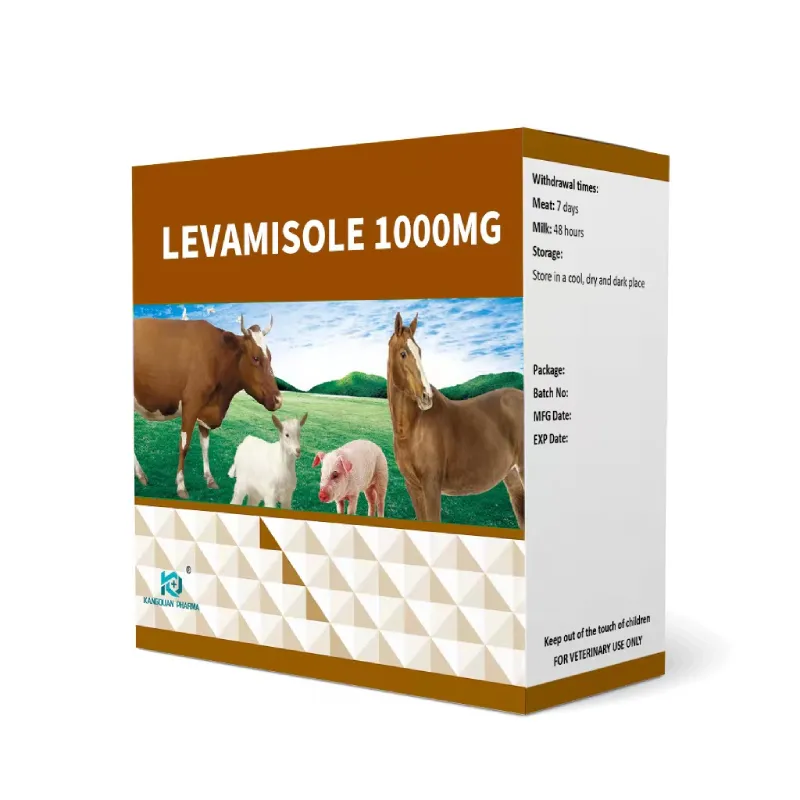- Afrikaans
- Albanian
- Amharic
- Arabic
- Armenian
- Azerbaijani
- Basque
- Belarusian
- Bengali
- Bosnian
- Bulgarian
- Catalan
- Cebuano
- Corsican
- Croatian
- Czech
- Danish
- Dutch
- English
- Esperanto
- Estonian
- Finnish
- French
- Frisian
- Galician
- Georgian
- German
- Greek
- Gujarati
- Haitian Creole
- hausa
- hawaiian
- Hebrew
- Hindi
- Miao
- Hungarian
- Icelandic
- igbo
- Indonesian
- irish
- Italian
- Japanese
- Javanese
- Kannada
- kazakh
- Khmer
- Rwandese
- Korean
- Kurdish
- Kyrgyz
- Lao
- Latin
- Latvian
- Lithuanian
- Luxembourgish
- Macedonian
- Malgashi
- Malay
- Malayalam
- Maltese
- Maori
- Marathi
- Mongolian
- Myanmar
- Nepali
- Norwegian
- Norwegian
- Occitan
- Pashto
- Persian
- Polish
- Portuguese
- Punjabi
- Romanian
- Russian
- Samoan
- Scottish Gaelic
- Serbian
- Sesotho
- Shona
- Sindhi
- Sinhala
- Slovak
- Slovenian
- Somali
- Spanish
- Sundanese
- Swahili
- Swedish
- Tagalog
- Tajik
- Tamil
- Tatar
- Telugu
- Thai
- Turkish
- Turkmen
- Ukrainian
- Urdu
- Uighur
- Uzbek
- Vietnamese
- Welsh
- Bantu
- Yiddish
- Yoruba
- Zulu
Jan . 21, 2025 05:06 Back to list
Oxytetracycline 5% Injection


Tylosin Tylosin is an antibiotic particularly popular in poultry and livestock industries due to its effectiveness against a range of infections, including those affecting the respiratory system and the digestive tract. Beyond its antimicrobial properties, Tylosin is also employed for its immunomodulatory effects, assisting in maintaining overall animal health under challenging conditions. Oxytetracycline A versatile antibiotic, Oxytetracycline is utilized across various animal species. It is particularly valued for its broad-spectrum capabilities, effectively treating infections caused by both Gram-positive and Gram-negative bacteria. This makes it a reliable choice for dealing with mixed infections. Veterinary experts often use it in cattle, swine, and poultry industries to treat and prevent respiratory infections and other bacterial challenges. Key Considerations Understanding the specific needs and health conditions of animals is paramount when selecting an antibiotic injection. Factors such as species, age, underlying health conditions, and the nature of the infection play significant roles in determining the appropriate treatment. Dosage and administration frequency should always adhere to veterinary guidelines to prevent resistance and ensure efficacy. Another important aspect to consider is the potential for antibiotic resistance. Overuse or misuse of antibiotics can lead to resistance, a growing concern in both human and veterinary medicine. It is crucial that antibiotics are prescribed and administered responsibly, with a clear understanding of their specific indications and limitations. Conclusion Veterinary antibiotic injections are indispensable tools in the arsenal against animal infections. Their rapid action, coupled with their broad-spectrum efficacy, renders them invaluable in clinical settings. By staying informed about the latest developments and maintaining a judicious approach to antibiotic use, veterinarians can ensure the well-being of animals while contributing to the broader effort of preserving antibiotic efficacy for future generations.
-
Guide to Oxytetracycline Injection
NewsMar.27,2025
-
Guide to Colistin Sulphate
NewsMar.27,2025
-
Gentamicin Sulfate: Uses, Price, And Key Information
NewsMar.27,2025
-
Enrofloxacin Injection: Uses, Price, And Supplier Information
NewsMar.27,2025
-
Dexamethasone Sodium Phosphate Injection: Uses, Price, And Key Information
NewsMar.27,2025
-
Albendazole Tablet: Uses, Dosage, Cost, And Key Information
NewsMar.27,2025













